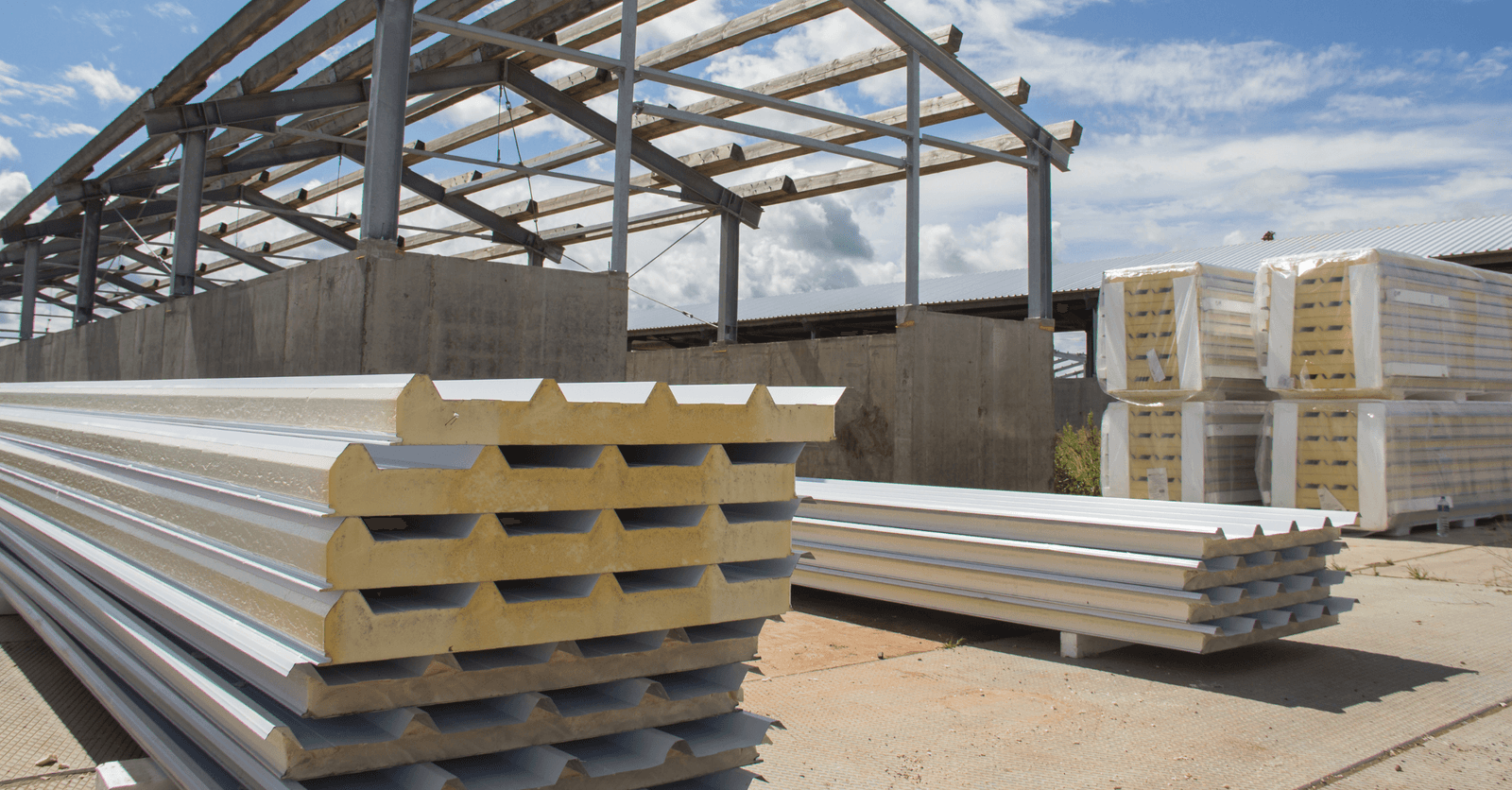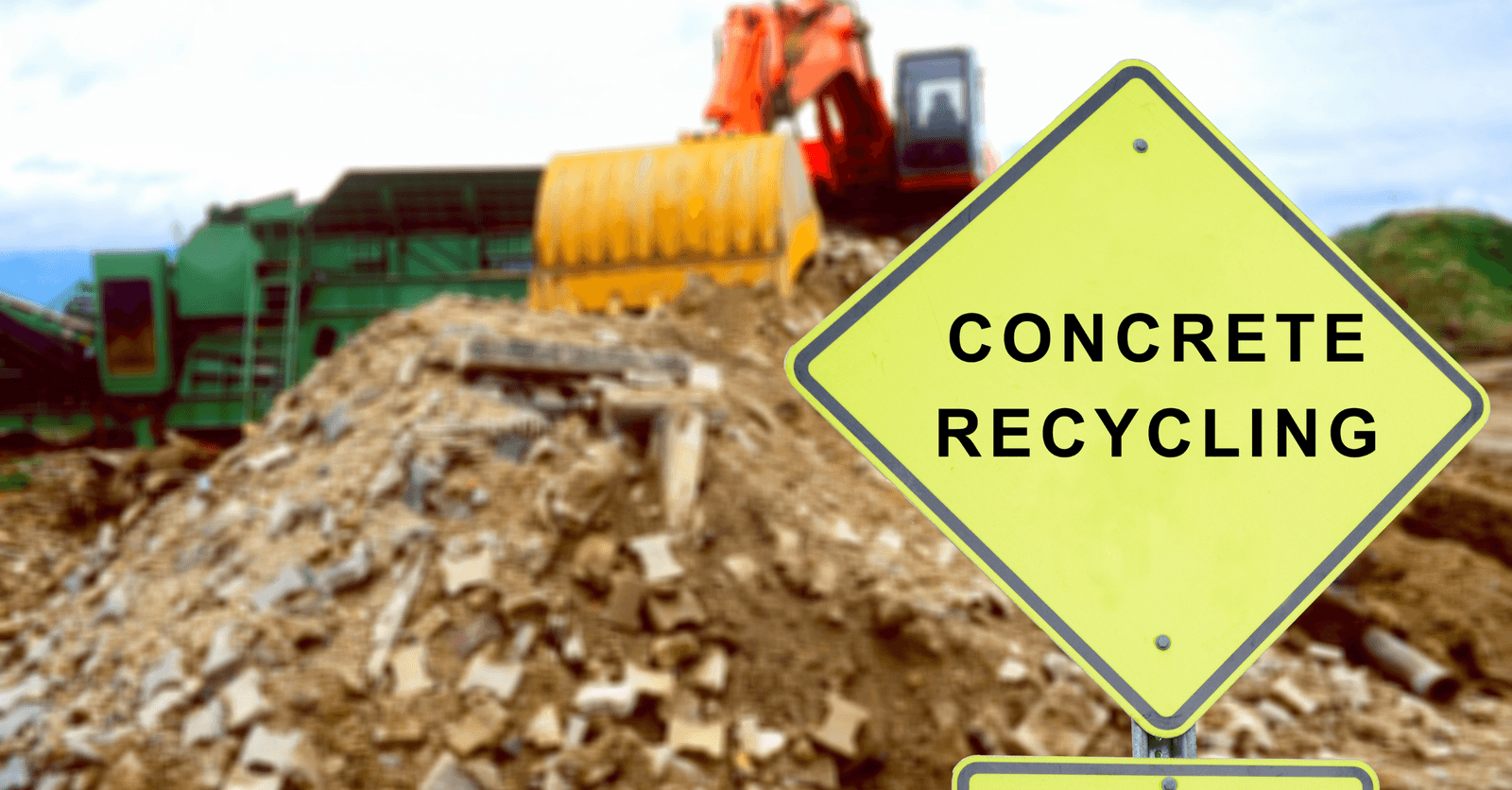Everything to Know About Modular Construction
By Cynthia Pigeon
Updated on November 7, 2023

Progress, innovation, and environmentally friendly concepts are all part of the current culture in various industries, and the real estate industry is no different. When it comes to architecture, the possibilities are now only limited by your imagination.
In fact, since the mid-1950s, one method of manufacturing has never stopped evolving: modular construction. In Quebec, more than 20 large and renowned companies have joined forces as part of an association (SQMH) and offer this type of structure, which leads to the construction industry's industrialization. Contractors, construction workers, and clients benefit from being informed about this type of building.
Defining Modular Construction
Based on the prefabricated house concept, modular construction, or industrialized construction (IC), is a system that is carried out in factories. It consists of a building designed with one or more modules that are transported to a building site and are then assembled on a concrete foundation. These modules are already equipped with the necessary elements such as electricity, interior finishing, plumbing system, and so on. The only remaining step is connecting the cables and pipes to the water and electrical services if needed.
Purchased or leased modules can be used for long-term, fixed construction or for short-term use that can then be disassembled. Although widely used for commercial and institutional purposes, they are now becoming increasingly used for residential projects.
Where to Find Modular Buildings
Construction site bungalows and trailers. Occasionally, construction workers are required to permanently stay on-site while working. For their comfort and for practical purposes, buildings are temporarily set up on the periphery of the site and include bunkhouses, bathrooms, locker rooms, etc. Similarly, supervisors and administrative staff can benefit from temporary offices to manage the daily on-site operations.

Photo: Flickr
Utility buildings. If a school is renovating a section of its structure, some classes may be held in an off-campus building until the work is completed. Or, real estate brokers or construction workers may set up in a strategic location nearby during open houses.
In the event industry, they are typically used for trade shows, sanitary facilities during festivals, conference rooms, and so on. Lastly, health professionals often need well-equipped and fully functional facilities such as medical offices, laboratories, and nursing stations. These buildings can be used following natural disasters, events to raise public awareness or to set up small neighbourhood clinics.

Photo: Flickr
Tiny homes. In this day and age, people are encouraged to be conscious consumers, and more people choose to live alone, therefore, the whole idea of modular construction is perfectly suited for tiny homes or for mobile home expansions.

Photo: Flickr
Larger projects. Cube or straight block houses with an industrial look, prefabricated businesses or industries, multi-storey buildings...

Photo: giovanni gargiulo - Pixabay
Manufacturing Process of Modular Buildings
On the Quebec market, you can find home kits, prefabricated architectural houses, and eco-friendly modular buildings. Modular constructions are classified into two categories: 2D panels and 3D modules.
The modules are easily and quickly assembled or disassembled, and can be placed side by side and configured according to your plans.
The 2D panels are pre-assembled structures designed by the manufacturer. They do not require any actual fitting or integration; they are directly transported and dropped off at the destination, ready to be used.
In the factory, the procedure starts with the frame and is then followed by flooring. The mounted walls will be supported by wood or steel structures. Next, the wiring and connections are made, followed by the installation of doors and windows. The modules are then transported to the building site where the inside is fitted and completed. Eventually, the partitions are inserted and stairs are put in if needed.

Photo: Flickr
Benefits of Modular Construction
The most obvious advantage is its eco-friendly factor.
In Quebec, building certifications are regulated according to standard CSA A227, and prefabricated buildings according to LEED and Net-Zero.
Contrary to traditional construction, which is gradually built on-site, the environmental footprint of modular buildings is reduced since there is less transportation, waste, and land damage.
Furthermore, the materials used are often recyclable, such as wood and steel. The prefabricated steel constructions respect an eco-friendly approach and established environmental standards.
Another benefit is freedom from constraints.
Materials are sheltered from rain and snow, thus protected from damage and problems associated with substandard quality such as warping. Also, building construction is not hindered by the weather. The project can therefore be completed 30 to 50% faster, in comparison to conventional methods.
The workforce is stable, trained in the same way and operates in a controlled, high-tech, and clean environment. As a result, there is less risk of injury or inconsistent results, and the process is generally smoother. In addition, CNESST premiums are much lower than for on-site construction, since the work environment is safer for both the workers and the public.
The next advantage is cost-efficiency.
As previously mentioned, insurance and labour costs are reduced. In addition, steel is a very good price-quality option. Also, given the current cost of gas, it is worthwhile to make fewer trips.
Since raw materials, and overall supplies, are available through a catalogue, contractors do not have to rely on the materials available from wholesalers. This avoids unforeseen purchases, costs, or fluctuating prices based on supply and demand or the concept of urgency.
In other words, costs are much more predictable and can be as much as 30% lower than those of traditional construction.
Ultimately, the advantage is the structure itself.
Extensions can easily be added in the future and the modules are stronger than conventional structures because they are designed for transportation and craning.
The design possibilities are almost endless and cater to all tastes.
Various manufacturing or installation techniques for building components are facilitated by the automation of machinery and Building Information Modeling (BIM).

Photo: Pexels
Consider a modular solution whether you are a contractor or an architect, studying this trade, reluctant to build, or in need of a temporary facility.
Get 3 quotes for your modular construction project
RenoQuotes.com can help you get quotes from a general contractor. By submitting your project, we’ll put you in contact with top-rated contractors. Fill in the form on the homepage (it only takes a few minutes), and you will get estimates from trusted professionals.
Dial 1-844 828-1588 to speak with one of our customer service representatives.
Looking for something else?
Related articles
The latest industry news, interviews, technologies, and resources.

Editorial Team
•27 Aug 2025
Concrete panels are durable, cost-effective, and viable options for both indoor and outdoor walls. Their list of attributes doesn’t end here: they're also easy to install, especially aesthetic-looking, thermal insulators, and soundproof. We’ll delve into why and how these panels should be installed.

Editorial Team
•27 Aug 2025
Did you know that concrete could be recycled? Well, yes siree Bob! Concrete recycling is a technique used to salvage concrete waste. It’s an alternative to disposing of it in landfills that happens to be both cost-effective and eco-friendly. So, let’s zero in on concrete recycling, a practice that’s still, to this day, little known in Canada.

Editorial Team
•07 Nov 2023
Nowadays, we are so used to having access to electricity at all times that when a problem occurs, we’re caught off guard. Many homeowners are reluctant to touch their electrical set-up, which is a good instinct to have, especially due to the fact that electrical work is regulated and in some places illegal to carry out without the proper certifications (Quebec included).

Léa Plourde-Archer
•07 Nov 2023
If you've clicked on this article, we imagine that you are a fellow home design, decor and renovation enthusiast. We share this passion with you and thought it would be fun to create a monthly article where we share the most interesting articles we've found on the internet that cover this type of subject.

Amanda Harvey
•07 Nov 2023
When you think about your bathroom, you may not consider it a space with futuristic potential. The possibilities of our world have expanded as a result of technology, and of course, your home is the next logical step when it comes to enhancing your lifestyle.